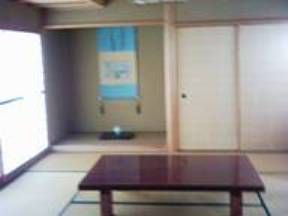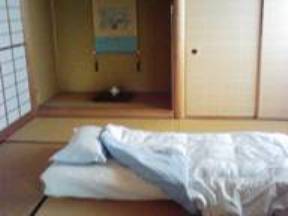Life at home
Image by: © Olivia Braddock
When coming home say
Tadaima (ただいま) when you return home.
Okaerinasai (おかえりなさい) when you are at home receiving someone coming home.
When leaving home say
Itterasshai (いってらっしゃい)to see someone off.
Ittekimasu (いってきます) when you are leaving home.Gifts
When visiting a Japanese home for the very first time, you’re expected to bring a gift. An ideal gift could be something from your own country or some food.
Japan has two gift seasons, summer and winter, when people send gifts to appreciate all the things others have done for them. The gift industry is huge and shops and department stores are happy to wrap your present normally free of charge. Just say “Purezento desu.” (It’s a present).
Wrapping
The Japanese have a culture of wrapping. Origami is an art form of folding paper and people used to carry squared cloth called Furoshiki to wrap things. Furoshiki has come back to fashion as it is versatile as well as eco friendly.Folding
This folding culture is found at home. Bedding is a prime example. Traditional tatami matted rooms were used for many purposes. During the day, people used to eat at a low folding table and at night a futon is rolled out of a cupboard to make a bed
Nowadays people normally eat in the dining room and bedrooms often have beds instead.
Genkan (entrance hall)
At all Japanese homes, you take off your shoes and change to a pair of slippers. Every household has slippers for guests.
Photo by: © Mrs Kumiko Fukihara
Bathroom
Bathing for the Japanese means a time of relaxation. You clean outside the bath tub and you soak in the bath tub. There are many Spas (onsen ) where people have been going there to relax. In the old days, it was to help heal your illness. Today there are some people still go to Spas and live in an inn for couple of months for this reason.
Photo by: © Mrs Kumiko Fukihara
Japanese toilets
Again when you go to a Japanese toilet, you will need to change slippers to the ones in there, as seen in the photo. Most Japanese toilets are electric. The seat is heated and it washes your bottom (if you want it to). The latest models even sense when you go in and the lid opens and the light turns on automatically.
Photo by: © Mr. Shigemi Matsunaga




